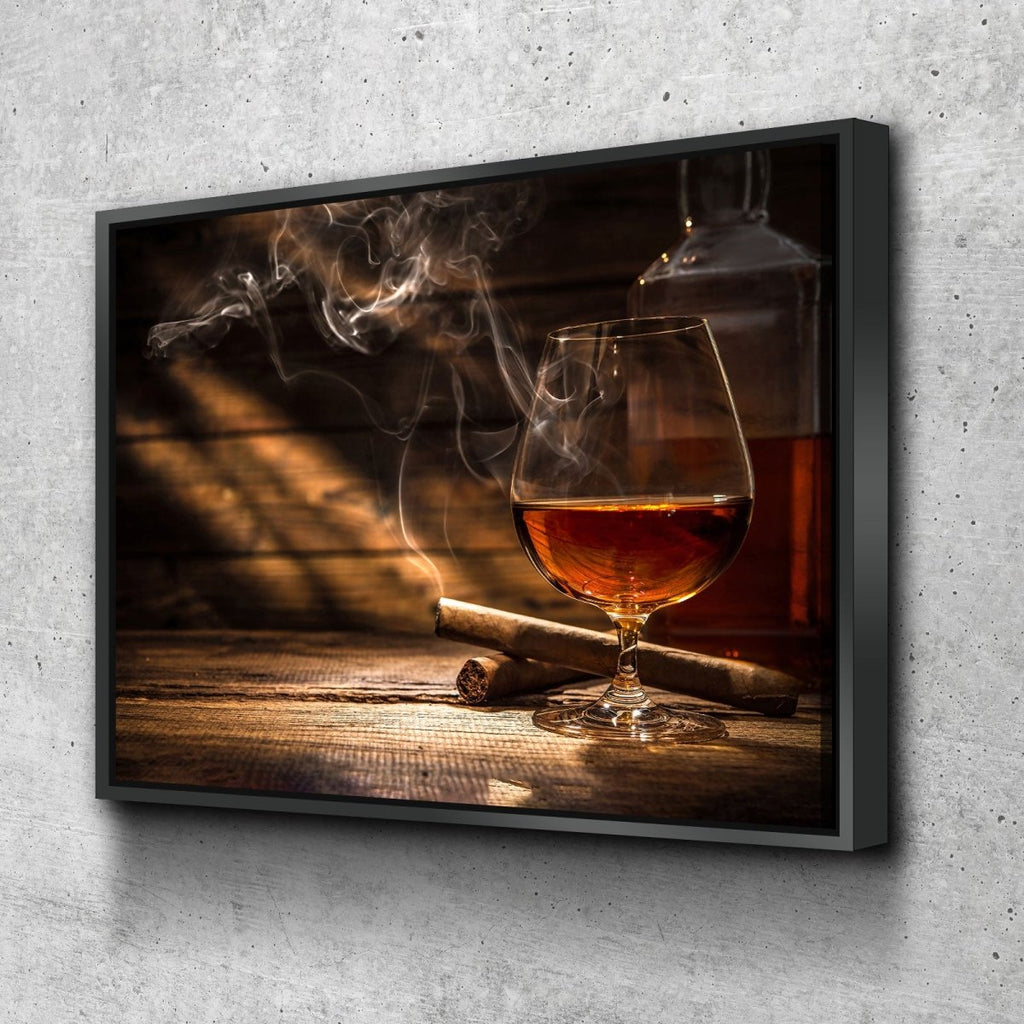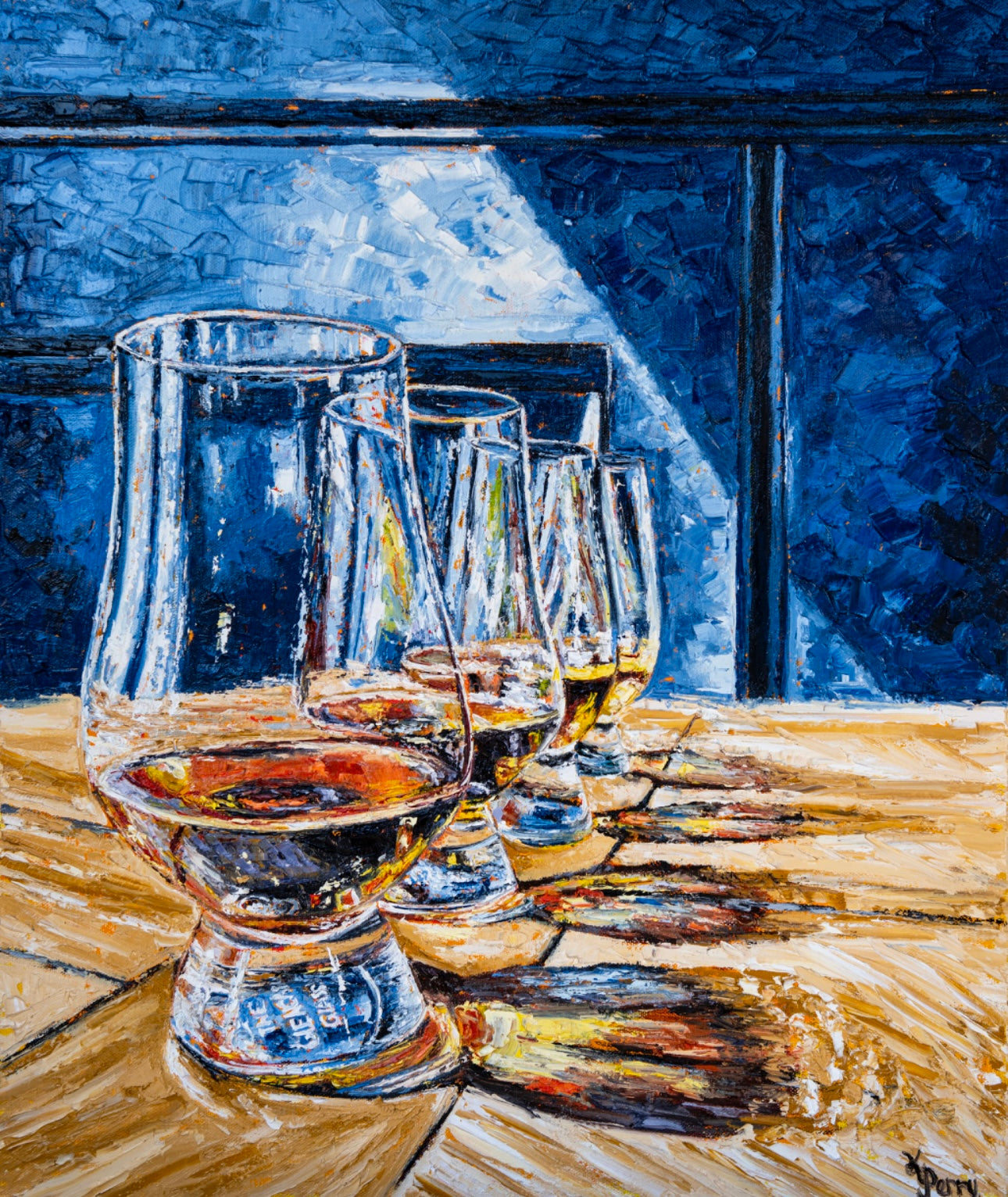Revealing the Charm of Bourbon Art: A Tribute to Craft Distillers
The Importance of Whiskey Art in Celebrating Heritage and Workmanship in the Beverage Industry
The intricate connection between whiskey art and the celebration of heritage and craftsmanship within the drink sector can not be overstated. Through thoughtfully made labels and bottles, whiskey brands envelop their historical origins and the artisanal abilities that define their production approaches.
The Historic Roots of Whiskey
At the heart of bourbon's appeal lies an abundant tapestry of historic origins that map back to old people. The beginnings of whiskey can be linked to the purification methods of the Sumerians and Babylonians around 2000 BCE, where very early types of fermented grain drinks began to arise. It was in the Center Ages that the art of distillation advanced considerably, specifically in Ireland and Scotland, leading to the production of bourbon as we know it today.
The term "whiskey" itself stems from the Gaelic word "uisce beatha," indicating "water of life." This phrase highlights the cultural importance of bourbon in Celtic cultures, where it was frequently connected with rituals, parties, and common bonding. By the 15th century, distillation ended up being an acknowledged craft within monastic neighborhoods, leading the way for the establishment of legal distilleries.
As trade courses broadened, whiskey's appeal expanded, transcending local borders and capturing the interest of lovers worldwide. Bourbon Art. This historical journey shows not only the workmanship behind whiskey production yet likewise its important function in social and social contexts, noting it as a significant beverage throughout background
Artistic Expression in Branding
Bourbon branding stands as an engaging intersection of creativity and business, where aesthetic identification plays an essential duty in shaping customer assumption. The aesthetics of scotch tags, packaging, and advertising materials mirror not just the brand name's story yet likewise its core values and heritage. With artistic expression, distilleries share a story that reverberates with consumers, stimulating emotions and stimulating connections.
Using color, typography, and images in branding offers to differentiate items in a saturated market. Standard concepts might evoke a sense of credibility and workmanship, while contemporary styles can represent advancement and forward-thinking. This critical artistic direction improves brand name acknowledgment and loyalty, enabling customers to create a personal connection with the scotch they pick.
In addition, imaginative expression in branding commonly acts as a party of regional heritage. Distilleries regularly include regional symbols or historic referrals into their layouts, producing a feeling of location that invites customers to engage in a more comprehensive social experience. Ultimately, the creativity behind scotch branding not only improves aesthetic charm however additionally enhances the general narrative of the brand name, promoting a deeper appreciation for the craftsmanship and heritage embedded in each container.
Workmanship in Bottle Style
The artistry apparent in bourbon branding expands beyond visual identity to encompass the craftsmanship associated with container style. Each container acts as a vessel not just for the spirit within, however also for the story it outlines its top quality, origin, and custom. The design process needs precise attention to information, as components such as shape, closure, and material add substantially to the total understanding of the bourbon.
Workmanship in bottle design involves picking high-grade glass that can improve the whiskey's shade and quality, while additionally providing a tactile experience for the consumer. The shape of the container need to be both practical and visually appealing, typically reflecting the heritage of the brand. Several distilleries choose unique shapes or printed logos that stimulate a sense of credibility and background.
Additionally, the label design and typography play a crucial function in connecting the brand name's narrative. Realism Art. A well-crafted bottle not only captivates the consumer's eye but additionally strengthens the brand name's commitment to quality and practice. In this method, the workmanship of bottle style ends up being a crucial facet of the scotch experience, combining virtuosity with a profound respect for heritage
Social Significance of Bourbon Art
Celebrating custom and workmanship, the cultural significance of whiskey art transcends plain visual appeals, intertwining with the social and historical stories of the regions where it comes from. Each bottle works as a canvas, showing the special tales, folklore, and traditions that have shaped regional whiskey-making techniques. Get the facts The elaborate layouts typically show the heritage of the distillers, integrating signs and concepts that resonate with the society and worths of their communities.

Additionally, whiskey art plays an important function in public gatherings and events, This Site functioning as a concrete link between people and their shared experiences. By appreciating the artistry in whiskey product packaging, consumers cultivate a deeper understanding and regard for the craft, ultimately enriching their satisfaction of the drink itself.
Modern Trends in Bourbon Presentation
In recent times, the discussion of bourbon has developed to show modern preferences and trends while still honoring standard workmanship - Realism Art. Distilleries are progressively concentrating on aesthetic aspects that boost the overall drinking experience, linking the void between heritage and modernity
Ingenious bottle styles have arised, often integrating lasting products and imaginative tags that tell engaging tales. Several brands now team up with local artists, infusing their products with special visual expressions that resonate with customers. In addition, limited-edition releases are frequently packaged in collectible containers, including value and appeal for lovers.

Final Thought
In verdict, bourbon art serves as a vital conduit for sharing the heritage and craftsmanship intrinsic in the drink sector. With elaborate my company branding, cutting-edge bottle layouts, and culturally substantial artistic aspects, bourbon brands efficiently honor their practices and connect with consumers.


Workmanship in bottle layout involves selecting top quality glass that can improve the scotch's shade and clearness, while likewise offering a responsive experience for the customer. In this way, the craftsmanship of bottle style becomes an important facet of the scotch experience, combining virtuosity with an extensive respect for heritage.
In final thought, scotch art offers as an essential channel for sharing the heritage and workmanship inherent in the drink market.